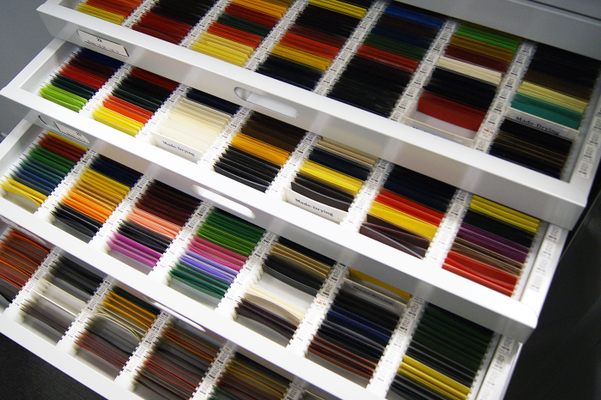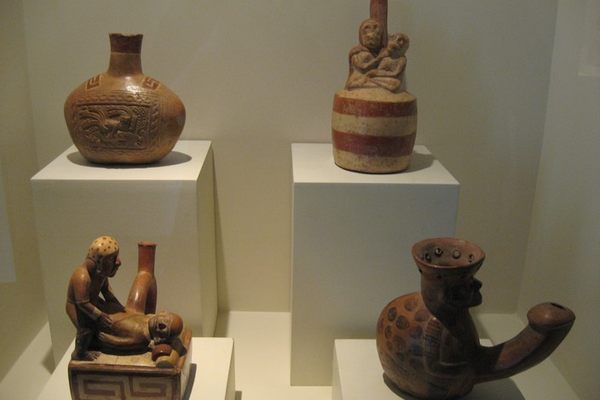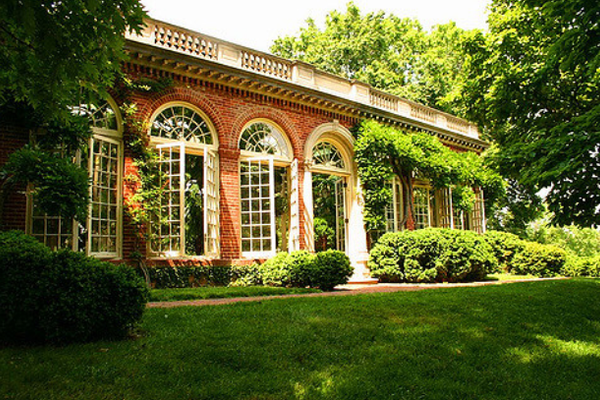About
One of the lesser known collections at the National Gallery of Art lies behind an unmarked door in the employees-only section, where conservators have amassed an unrivaled hoard of 21,000 paints, varnishes, pigments and primers.
Neatly sorted inside rows of ordinary looking file boxes sits a near comprehensive snapshot of four decades of commercial art store offerings. This painterly treasure vault is officially known as the Art Materials Collection and Study Center, and it’s the largest of its type in the world.
The collection is impressive not only in its scope, but also for its institutional foresight. It will no doubt be a goldmine for conservation researchers in the decades and centuries ahead. The collection has already proved itself prescient, as numerous items are no longer in production, while others exist on the market with different chemical formulations.
The collection was launched in the late 1970s by Zora Pinney, who owned an art supplies store in Santa Monica. As Pinney saw various beloved lines and brands drop off the market, she began to sock away her own Noah’s Ark of paints. Pinney wasn’t planning on ever using the tubes of paint, but she knew the research value in maintaining access to the precise materials used by artists at the time.
In 1994 Pinney donated her collection of 6,000 items to the National Gallery on the condition that they keep them available to researchers and provide an intern to catalog the collection. Over the intervening years, the collection swelled to its current 21,000 count through strategic acquisitions by Michael Skalka of the National Gallery and Mark Gottsegen of ASTM International. Today, Skalka says, “nearly every major international manufacturer is represented.”
Interestingly, the need for material collections is largely a by-product of industrial manufacturing processes. Historically, artists had to paint with colors derived from the natural world—plucked from exotic plants, animals, bugs, and minerals. Some of these colors were extremely stable over time, but others were not. Ever since the introduction of tubed paint in 19th century, paint manufacturing has grown increasingly industrialized, and scales of efficiency combined with the exhaustion of consistent natural earth colors have moved us towards an organic-synthetic pigment world.
“A paint manufacturer wants consistency,” says Skalka. “Reliance on inconsistent earth colors causes problems. They don't want the brown to look reddish this time, greenish the next time, and orangish the time after that.” Collecting both old and new pigments provides future researchers with documented benchmarks to understand a period of time when traditional inorganic pigments and natural earth colors transitioned to organic-synthetic replacements.
The introduction of a variety of exotic mediums combining oils, resins, and metallic driers posed serious problems for artists. Their use impacted a generation of British painters who were associated with the Royal Academy in London and witnessed their pieces deteriorating within their lifespans. A poor understanding of chemistry at the time, and the introduction of new materials as a result of the Industrial Revolution, has kept conservators busy ever since.
“Conservation is essentially about understanding the basis of art materials, techniques, and how these things age over time,” says Skalka. Luckily, when the current generation of art begins to age, there will be no guesswork about what they were working with.
Related Tags
Know Before You Go
This collection isn’t for your casual visitor, but the gallery does open it up to members of the public conducting serious research.
Published
October 2, 2017























































